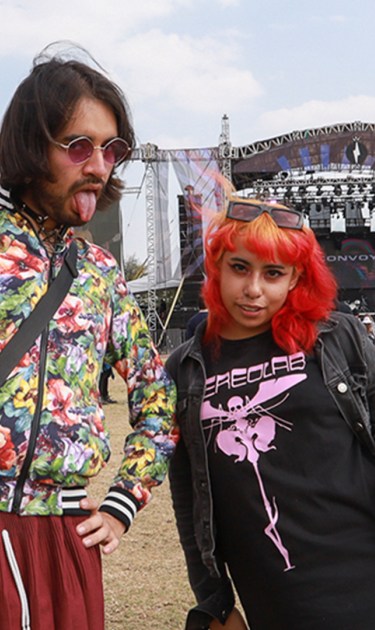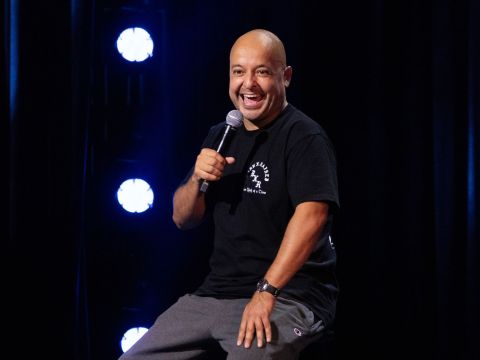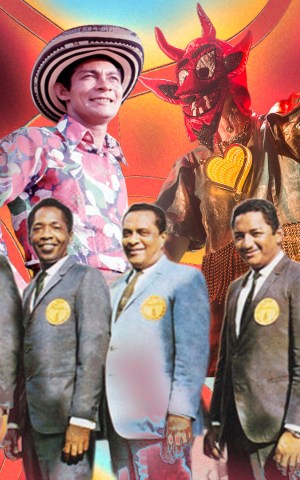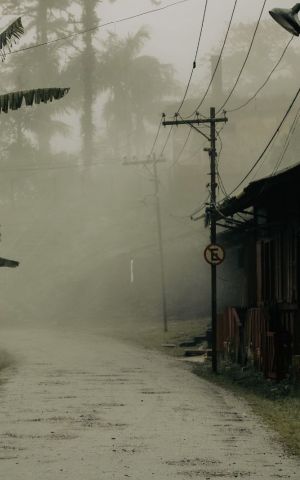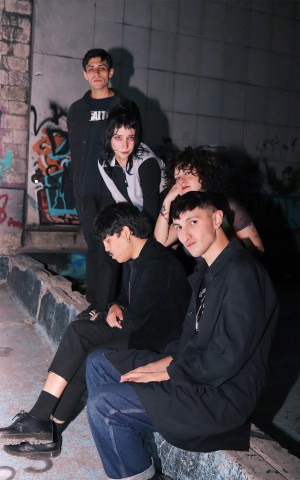Depending on who you’re talking to, music festivals are either thriving or struggling. For every Coachella and Lollapalooza, there are dozens of smaller, indie music festivals that are shutting down or struggling to stay afloat. Even big indies like Pitchfork Fest in Chicago, IL, called it quits after 19 years. Others, like Barcelona’s Primavera Sound, have skewed towards the mainstream, booking Charli xcx, Chappell Roan, and Sabrina Carpenter as headliners in 2025. However, the opposite seems to be happening in Mexico: we’re seeing independent festivals become bigger and more prominent. As the music industry gets absorbed into massive enterprises — from streaming to the live setting — niche festivals become beacons of light for passionate fans to connect to the present and artists that will headline future events.
Hipnosis is a prime example of this phenomenon, Mexico City’s psychedelic and alternative rock festival. Since 2017, Hipnosis has offered a wide selection of artists to fans of trippy rock and beyond, including hosting acts such as Air, The Flaming Lips, and King Gizzard and the Lizard Wizard. They also offered the stage to Latine bands ranging from The Mars Volta to Mexican rock pioneers Los Dug Dugs to Chile’s The Holydrug Couple, Brazil’s Boogarins, and Mexico’s Lorelle Meets The Obsolete. Taking place on Nov. 1 and 2, the festival has expanded to a two-day event this year, expecting 15,000 people to show up. It might be a fraction of attendees compared to bigger festivals, making it a special event for people who care about this type of music.
Indeed, the festival’s success isn’t about luring in the biggest crowds possible. “We decided to grow in equity instead of capacity,” says Hipnosis director Paco Barba. “Growing is not about becoming massive or having impressive headliners. It’s about staying independent.” Hipnosis functions year-round as a platform, producing about 50 shows annually — 20 of them free. Moreover, as the national festival circuit turns to the Global North for its talent, especially headliners, many of their events spotlight Mexican and Latin American talent. For Barba, the magic lies in curating lineups where different communities converge into one.
Mexico’s live music market is increasingly diverse. There’s the nostalgia-driven ‘90s Pop Tour; reggaeton’s Flow Fest; heavy music gatherings of all sizes, including Off Limits, Doom City, and Candelabrum; the long-running Mutek franchise with lineups featuring cross-sections of dancefloor fillers and avant-garde artists; and mega-festivals like EDC and Corona Capital. While other markets are zeroing in on appealing to the biggest crowds, Mexico is tending to a year-long wide variety of mass events. While none of these festivals represent direct competition for Hipnosis, there’s only so much a music fan can spend on festivals each year. Therefore, one of the main challenges of indie music festivals like Hipnosis is presenting something of value to the public while earning enough money to remain a prosperous venture. “It has to be a business we can continue,” Barba explains. “But we also have to honor each band by placing them in their own context. To do that, we need to remain 100 percent independent. After all, we serve the cultural memory.”

“Growing is not about becoming massive or having impressive headliners. It’s about staying independent… After all, we serve the cultural memory.”
However, not everything has been an upswing for festivals in Mexico. Earlier this year, two members of the press died at Ceremonia, prompting outrage at the lack of safety protocols and lack of responsibility from the organizers. Also of note is Bandemia — a small festival showcasing new rock talent such as Mengers, El Shirota, and Belafonte Sensacional, among others — which was cut short due to organizational failures. Safety has become an ongoing discussion among the music community, and Barba says Hipnosis has strengthened security and deepened collaboration with local authorities: “For the first time, I see transparency and willingness to adapt within large-format festivals in Mexico City.”
With the huge influx of immigrants from the Global North to Mexico, and festivals becoming more diverse and cheaper than in the U.S. and Europe, it seems like the country will become a festival destination for fans of specific genres. However, Barba notes that it hasn’t been reflected in Hipnosis’s numbers. So far, this demographic only represents three percent of their ticket buyers. And it’s not a priority to cater to them. “Our commitment has to be towards those who buy a ticket every year,” he says. “We have to give them the most value for their money, and building a community comes first.” This is an essential part of music festivals of this caliber: it’s how organically grown scenes take the next step towards cultural importance, and towards a healthier musical landscape
Perhaps this communal aspect is the reason these indie music festivals persevere. No matter what size they are, as long as people are connected to the music, artist, and experience of attending, gatherings like Hipnosis will weather any storm ahead and will inform the future of live music in Mexico and anywhere in the world, and offer a balance in a rapidly growing, corporate-affiliate festivals threatening to take over.

